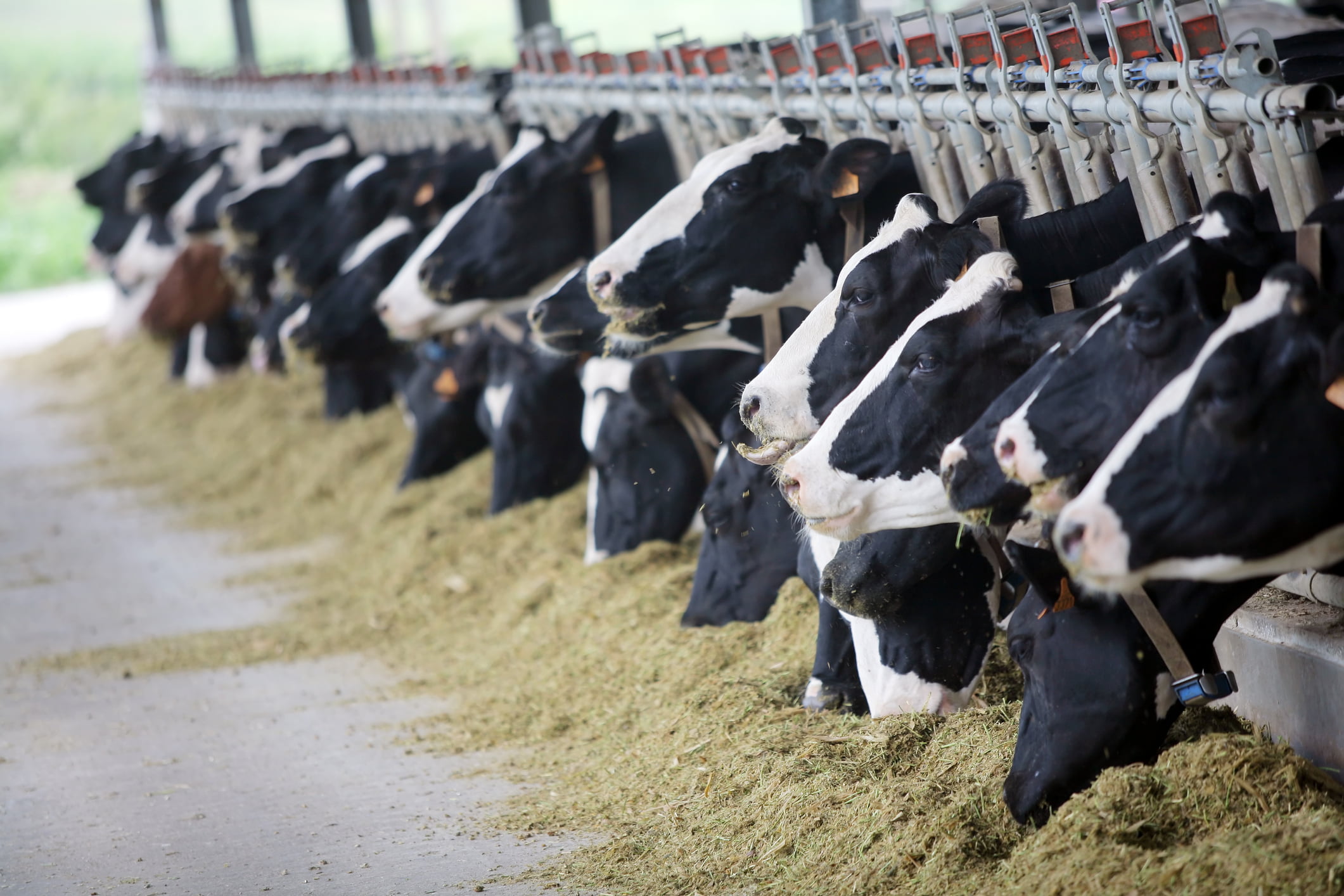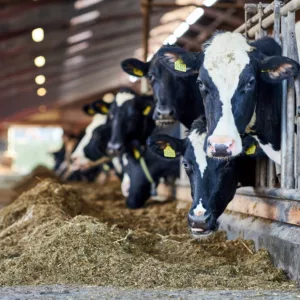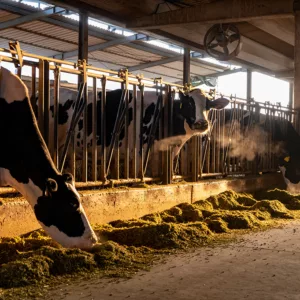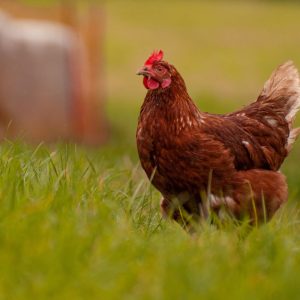Dietary management strategies to improve blood calcium and reduce the risk of milk fever in dairy cows has been extensively studied over the decades. While research has looked at products, work has also focused on evaluating various levels of individual macro-minerals in pre-fresh diets and the impact on a cow’s risk for milk fever. More recently, research has focused on how reducing dietary phosphorus concentrations could help improve blood calcium and reduce the risk of hypocalcemia.
At the 2023 Tri-State Conference, Walter Grünberg, a German researcher, discussed his recent work on restricting prepartum dietary phosphorus content. One of the main highlights was a study that restricted dietary phosphorus (0.16% DM) in close-up dry cows for the four weeks prior to calving. Cows that were fed the restricted phosphorus diet prepartum had decreased blood phosphorus concentrations, while also having significantly greater blood calcium concentrations relative to their counterparts fed a diet adequate in dietary phosphorus (0.30% DM).
Cows fed the restricted phosphorus diet prepartum also had increased markers of bone mobilization. Mobilizing bone is a crucial part of a cow’s physiology to maintain blood calcium as she starts to synthesize colostrum and milk. Bone is a major supplier of calcium during times of extreme demand, such as lactation, due to the large stores of calcium (and phosphorus) found within bone. These signals to mobilize bone in the current study appear to be induced through the presence of low blood phosphorus concentrations, a result of the restricted dietary phosphorus intake. Grünberg’s results indicate that restricting dietary phosphorus content in the close-up dry cow can improve blood calcium status primarily by driving bone resorption.
Grünberg’s research is not the first to show the relationship between dietary phosphorus and blood calcium in the dairy cow. Historically, research has demonstrated that increasing levels of dietary phosphorus results in lower blood calcium concentrations and increased risk of milk fever. This same concept holds true in other species, with work demonstrating that high blood phosphorus concentrations can inhibit vitamin D synthesis. However, a dietary phosphorus restriction large enough to robustly decrease blood phosphorus concentrations and induce bone mobilization to support calcium demand and improve blood calcium at calving had not been studied in the dairy cow until now.
Stay tuned for more on phosphorus restriction pre-fresh and implications on blood calcium —don’t hit the snooze button!
References
Goff, J. P. 2006. Macromineral physiology and application to the feeding of the dairy cow for prevention of milk fever and other periparturient mineral disorders. Animal Feed Science and Technology. 126:237-257.
Lean, I.J., P.J. DeGaris, D.M. McNeil, and E. Block. 2006. Hypocalcemia in Dairy Cows: Meta-analysis and Dietary Cation Anion Difference Theory Revisited. Journal of Dairy Science 89:669–684.
Rader, J. I., Baylink, D. J., Hughes, M. R., Safilian, E. F., and M. R. Haussler. 1979. American Journal of Physiology. Calcium and Phosphorus Deficiency in Rats: Effects on PTH and 1,25-dihydroxyvitamin D3. 236:118-122.
Wächter, S., I. Cohrs, L. Golbeck, M.R. Wilkens, and W. Grünberg. 2022. Effects of restricted dietary phosphorus supply to dry cows on periparturient calcium status. Journal of Dairy Science 105:748–760.



